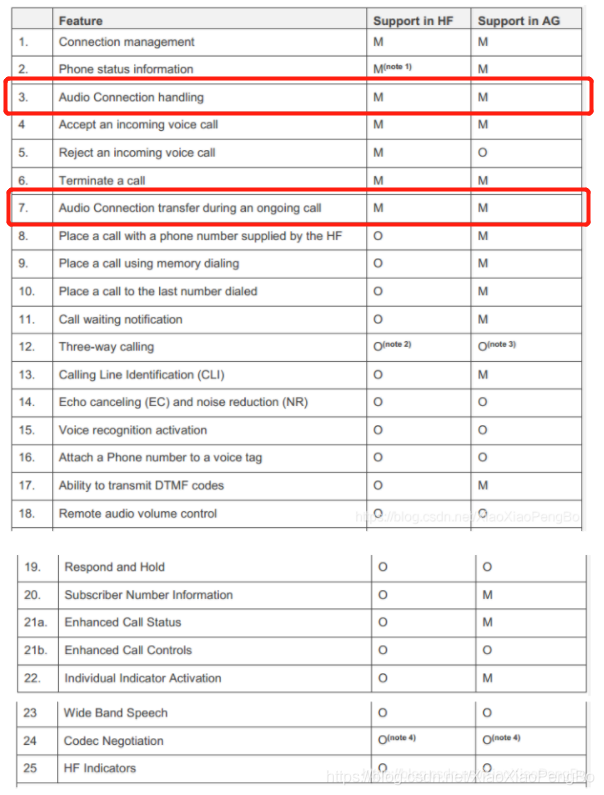

The headset role of HSP is disabled, because otherwise PulseAudio and oFono would conflict as both would try to listen for new connections from audio gateway devices.
BLUETOOTH SCO AUDIO DEVICE PLUS
If oFono is running, the audio gateway role of HSP is enabled plus both HFP roles. In the default configuration, if oFono isn't running, only HSP is enabled. PulseAudio supports both HSP roles, and with oFono also both HFP roles. With PulseAudio versions older than 12.0 the audio can get badly out of sync when watching videos, however. When PulseAudio acts in the sink role, a source is created where applications can record from.Ī2DP works generally without a hassle. When PulseAudio acts in the source role, a sink is created where applications can play to. PulseAudio supports A2DP in both source and sink roles.
BLUETOOTH SCO AUDIO DEVICE BLUETOOTH
A bluetooth device shows up in PulseAudio as a card, and the card will have some set of profiles depending on what bluetooth profiles the device supports, but the "bluetooth profile" "card profile" mapping is not one-to-one. Try not to confuse these with the "card profile" concept in PulseAudio. The bluetooth standard specifies three audio profiles. PulseAudio depends on BlueZ for all Bluetooth functionality, and additionally oFono is required for HFP support. HSP problem: the bluetooth sink and source are created, but no audio is being transmitted.

HSP problem: audio is silent or skipping.History of bluetooth features in PulseAudio.Using bluetooth when running PulseAudio in the system mode.


 0 kommentar(er)
0 kommentar(er)
